This page contains information on several Japanese scales, and includes guitar tab and fretboard diagrams.
There are several Western interpretations of Japanese scales. They are all pentatonic (i.e. made up of five notes). Each of them produces a slightly different sound, but all are instantly recognisable as being Japanese in origin.
Traditional Japanese Scales
In Sen Scale
The In Sen scale is shown below in C, with TAB. Below is a diagram showing how to play the scale on the guitar. Its scale spelling is: 1, b2, 4, 5, b7
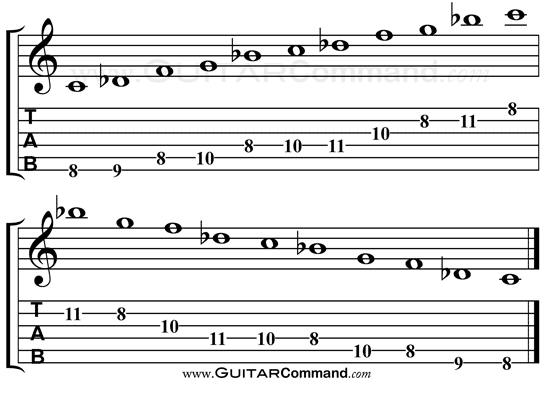
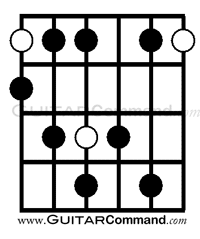
Hirajoshi Scale
Similar to the In Sen scale, the Hirajoshi is spelt: 1, b2, 4, 5, b6. Below is the TAB and a diagram for playing the scale on guitar. This is one of the most well known Japanese scale. See Hirajoshi Scale for guitar diagrams for this scale in other positions.
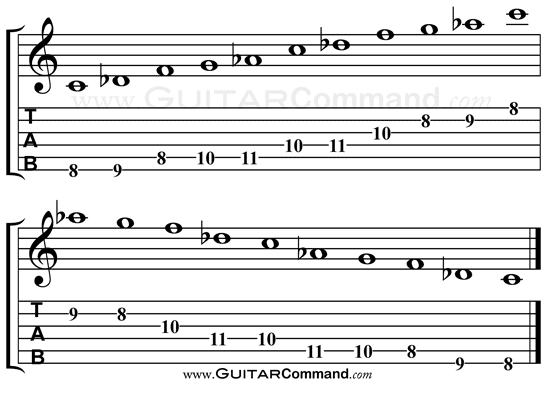
Yona Nuki Major Scale
Another Japanese scale is the Yona Nuki major scale. This is the major pentatonic in western music. Scale spelling 1, 2, 3, 5, 6
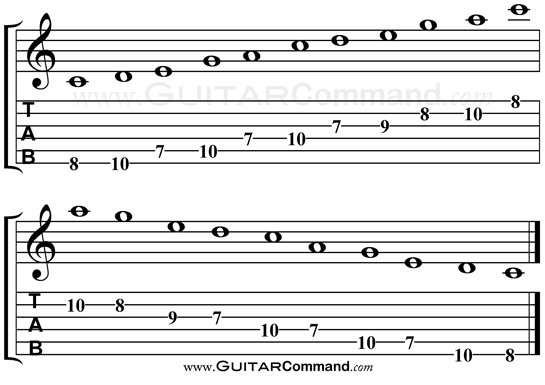
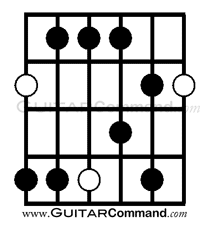
Yona Nuki Minor Scale
Similar to its major equivalent, but with flattened third and sixth notes. Scale spelling: 1, 2, b3, 5, b6
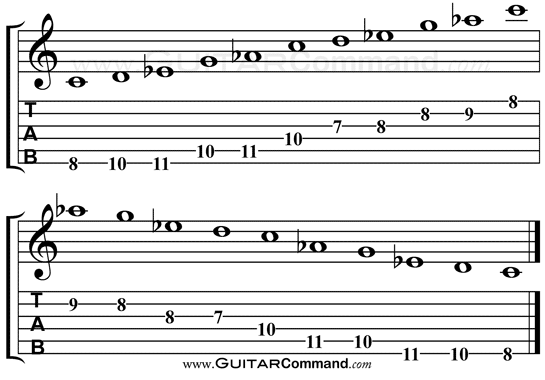

Yo Scale
This Japanese scale is spelt 1, 2, 4, 5, 6 and, in contrast to the In Sen scale, does not contain any semitones.
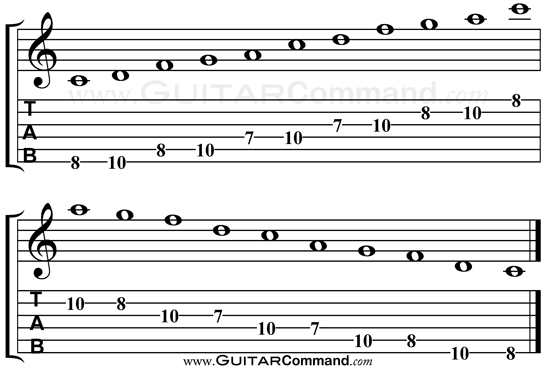
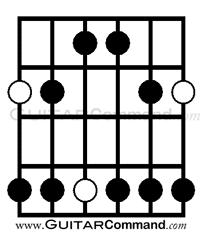
Japanese Scales Conclusion
Many traditional Japanese songs are written using the scales above. If you like the sounds produced by these scales, try listening to some traditional Japanese music, either sung, or played on instruments such as the Koto. There are plenty of examples to be found on the web.
Japanese music can be beautiful and expressive, with a simplicity that is often lacking in western music.
If this has opened your ears up to more exotic scales, visit our Guitar Scales reference page and try out some more sounds.
Printable PDF Scales Chart Book For Improvising Guitarists
A printable PDF eBook containing a large number of scales is available to download direct from Guitar Command. See sample pages here: Guitar Scales Chart.

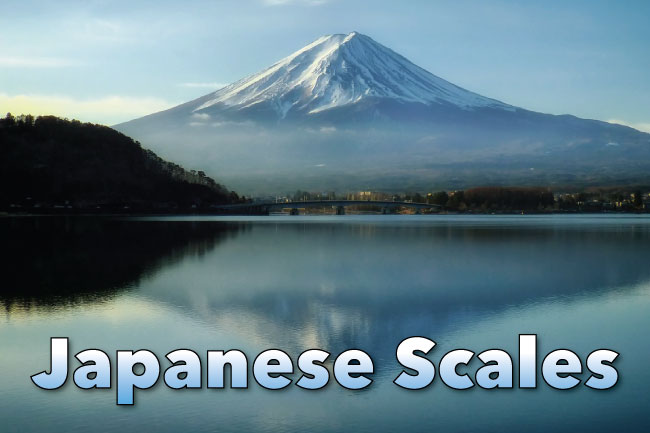

I found one scale I like but I don´t know where to use it can somebody help me.
C#, D, F#, G#, and A. Japanese Kumayoshi mode, which is also known as the Japanese pentatonic scale.
Thank you for your question, it’s a good one!
Personally, I think that because these are not Western scales, traditional Western harmony does not necessarily apply when harmonising melodies built from them.
However, there are a number of approaches one can use.
Look at the notes in each scale and see if they relate to diatonic scales. You can then use chords from these scales.
The In Sen and Hirajoshi scales, for example, contain notes from a harmonic minor scale: the F harmonic minor scale if you play the scales with a root note of C. You could harmonise melodies with the chords you would use to harmonise a ‘standard’ F minor melody.
The Yona Nuki relates to the major scale with the same root.
The Yona Nuki minor relates to a natural minor scale, and could be harmonised using chords from the corresponding major scale (i.e. one that starts a minor 3rd higher)
The Yo scale contains notes from the major scale a perfect fourth higher than its root.
You could also look at using pedal tones or ‘modern’ sounds such as quartal harmony. You could use a ‘rock/pop’ approach and simply play chords that sound good without worrying about the harmonic implications.
I hope that this has helped and not further confused you!
Guitar Command–
Thank you for your pages on Japanese Scales/Modes. Very helpful….
One question:
If we build melodies using these scales, what are the Triads for each of these notes? Ate they Major? Minor? Augmented, etc.?
In other words, if a soloist is singing a melody based on one of the Japanese Scales you list, what will the accompanying instruments be playing? How can we write the accompaniments, if we don’t know what 3rd or 5th, etc., to use?
Thank you very much.
George Kirazian
San Diego, CA